The 2007 film ‘Into the Wild’ shocked audiences with its heart-wrenching story and the plethora of unanswered questions. While the film may feel like a work of fiction and too far removed from reality, the truth is much more disturbing.
The film was an adaptation of the infamous true crime novel of the same name, where author Jon Krakauer poured years of intensive research onto paper and brought the bizarre story of Christopher McCandless to the world.


Difficult Beginnings
Born February 12th 1968, in Inglewood, California, Christopher McCandless was immediately plunged into a chaotic family. His sister, Carine McCandless, documented in her book ‘The Wild Truth’ that they shared their home with six half-siblings.
Carine also alleged that her parents were abusive, both physically and verbally, toward the McCandless children. She documented how her father was an alcoholic, and their mother often fed off his evil energy, inflicting her own abuse upon them.
The McCandless never stayed in one place for long as Walt McCandless worked for NASA as a rocket scientist, taking him across the U.S. Eventually, the family settled in Virginia long enough for Christopher and Carine to graduate.
In 1990, Christopher graduated from university in Atlanta, Georgia, choosing to study anthropology and history.
Carine stated in her book that the family often spent a lot of time outside, and from a young age, Christopher was enamoured with how the world worked.
Christopher also loved nature and hiking and was said to have been ‘very spiritual’. He used his time during hikes to connect with nature and Mother Earth, grounding himself.
His sister lovingly described him as an intelligent young man who was resilient and determined to succeed at whatever he did, no matter the cost.
The First Steps Into The Wild
Following his graduation from university, Christopher knew he needed to travel. He had spent much of his childhood moving from town to town, state to state, and this had a profound impact on his outlook on life.
He only stayed in one place for a short time, seeing the beauty in exploring the world. In mid-1990, Christopher left Virginia for new pastures and began driving West. He stopped in towns and cities along the way, picking up odd jobs to make ends meet.
During his trip West, Christopher kept in touch with his siblings, assuring them he was okay and would eventually return home to them.
According to Carine, Christopher’s original goal was to reach Inglewood, California, where he was born and spent much of his early life. Christopher wanted to reconnect with his family, but these reunions were not always so sweet.
After attempting to meet with family, Christopher made his way to Carthage, South Dakota. Here, he followed the usual pattern, finding odd jobs, making friends with local farmers and finding places to stay for a few days.
By April of 1992, Christopher was itching for another adventure, and that is when he decided to make his way to Alaska, the final frontier of the U.S.
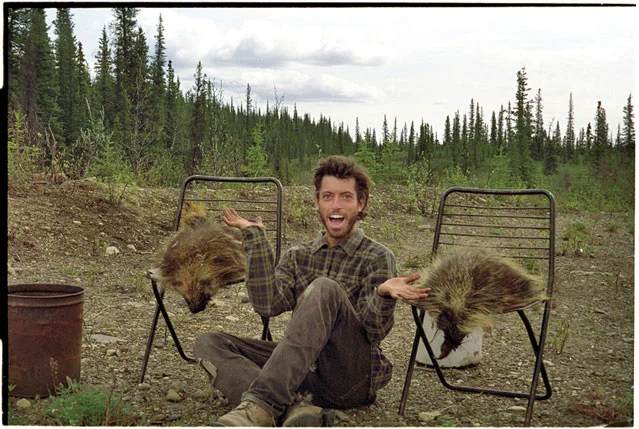
Into the Wild, He Goes
Incredibly, Christopher managed to hitchhike from Carthage, South Dakota, to Fairbanks, Alaska, a whopping 3,000+ miles through Saskatchewan, Alberta, British Columbia and Yukon, Canada.
Eventually, he arrived, and he began planning his largest expedition yet. He wanted to hike through the Denali National Park. The park covers over 6,000,000 acres in the middle of Alaska.
Communities are few and far between, with many Alaskans congregating near large towns and cities.
Despite the harsh weather conditions of Alaska, Christopher McCandless seemed ill-prepared. Fellow hikers and locals recalled seeing Christopher arrive in Fairbanks carrying only a backpack.
He also stood out for his ‘Hippie-like’ appearance, choosing to remain unkempt and dirty. April 28th 1992, would mark the last day that Christopher McCandless would ever see the seeds of civilisation.
That day, Jim Gallien was flagged down by Christopher, who was looking for a ride to the Stampede Trail in the Denali National Park. Gallien later told author Jon Krakauer that he had doubts about the 24-year-old’s survival from the start.
When he got into his car, Christopher had minimal clothing and a backpack. Christopher explained that he was carrying a 10 lb bag of rice, a Remmington semi-automatic rifle and a pair of Wellington boots inside his bag.
Gallien was, in fact, so concerned that he offered to drive Christopher to Anchorage so that he could purchase the necessary equipment for him.
He knew how harsh and unforgiving the Alaskan landscape could be, and per population, it has an alarmingly high missing persons rate. Throughout their drive, Christopher assured Gallien that he would be fine and had hiked many times before.
It wasn’t until months later that Gallien learned Christopher’s real name, as when he had picked him up, he had simply given the name ‘Alexander Supertramp’. The only item that Christopher accepted from Gallien was a map.
Before leaving, Christopher asked Gallien to snap a picture of him at the Stampede Trail, making this one of the last photographs ever taken of Christopher McCandless.
The Blue And White Bus
For two days, Christopher hiked the Alaskan wilderness, soaking in the beauty of the Denali National Park. After a gruelling march, Christopher made it to an abandoned blue and white bus.
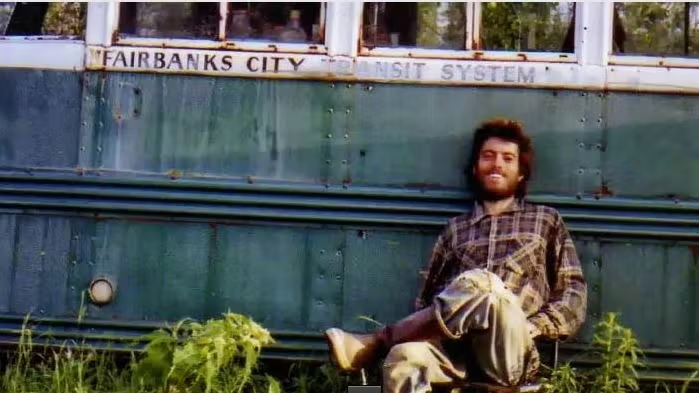
Whilst the exterior was rusted and hadn’t been loved for some time, Christopher recognised it was the perfect shelter and base camp. He wasted no time setting up his gear and prepping his new home.
The blue and white bus that would become a notorious tourist hotspot was not Christopher’s intended finish line. According to his diary, which was later discovered with his body, Christopher had planned to hike through the park and to the Bering Sea.
Christopher remained at the blue and white bus for two months, eagerly journaling every step. According to Krakauer, who has spent years researching the McCandless case, on June 24th 1992,
Christopher wrote in his diary that he had begun consuming the roots of the Hedysarum Alpinum plant.
Christopher also detailed in his diary how he had trapped and hunted small game and wildlife. He had successfully hunted a moose/caribou with his rifle.
However, the meat was rotten by the time he came to consume it. With just 10 lbs of rice and foraged plants, Christopher rapidly began losing weight.
The lack of food and people was beginning to get to Christopher, who heavily documented his trip via his journal and camera. On July 3rd 1992, Christopher packed up his things, leaving the blue and white bus behind.
With a map in hand, Christopher hoped to reach civilisation once more, but the landscape had changed.
The Thawed River
When Christopher reached the bus in April 1992, the Teklanika River, which he had crossed, had been frozen.
The warm summer months had slowly rolled in, and months after he had initially set out for the Bering Sea, Christopher found himself in a predicament. The Teklanika River had thawed into a 75-foot-wide river, and no crossing was in sight.
At least, that’s what Christopher believed. There was a crossing just a few miles down, but Christopher had neglected to learn this information before setting out on his journey.
Disappointed and somewhat distressed, Christopher returned to the blue and white bus to wait out the days until the river froze over once more.
On July 14th, he also began to incorporate the seeds of the Hedysarum Alpinum plant into his diet, as was documented in his diary.
The meagre diet of plant material and small animals was nowhere near enough to sustain Christopher, who continued to waste away. As he continued to weaken, he lost his energy and ability to forage further afield for plants and fruits.
The Final Entry
Christopher McCandless made his final diary entry on what he noted as ‘Day 107’. The entry simply reads, “Beautiful blue berries.” Author Krakauer noted that days 108 through 112 had / (slashes) but no words, and after Day 113, no more entries were made.

Sometime around these final diary entries, Christopher wrote, “I have had a happy life and thank the Lord. Goodbye, and may God bless all.” It is clear Christopher knew his end was coming, and he had made his final preparations and peace with his fate.
For several months, the whereabouts of Christopher McCandless remained unknown.
The locals in Fairfax assumed he had made it to the Bering Sea and had returned to another Alaskan town or mainland U.S.A. It wasn’t until September 6th 1992 that the grizzly truth would be revealed.
That day, hikers in the Denali National Park came across the blue and white rusted van that Christopher had once called home.
These hikers had the same idea as Christopher and were eager to use the bus as shelter.
When they approached the bus, they found a note taped to the door which read “Attention possible visitors. S.O.S. I need your help; I am injured, near death and too weak to hike out. I am all alone; this is no joke. In the name of God, please remain to save me. I am out collecting berries close by and shall return this evening. Thank you, Chris McCandless, August.”
As they moved through the bus, they saw the familiar outline of a human in a sleeping bag.
After reading the note, they hoped that Chris had managed to survive, but all hopes were dashed when the stench of decay overcame them.
The hikers took a closer look, and their worst suspicions were confirmed. Christopher McCandless was deceased, his body decaying in a sleeping bag in the back of a rusted-out bus.
Alaska State Troopers and Denali Park staff were summoned to the bus where Christopher’s body was recovered. His family were notified of the terrible news, and preparations for his body to be returned to Virginia were made.
Christopher’s passing marked a turning point in the culture surrounding hiking and travelling. He had wilted away in the wilderness when a bridge and cabin were within a few miles of his location.
His diary and photographs were shown to the world, and his love for nature and humanity was on full display. Fellow hikers and outdoor enthusiasts connected with Christopher’s story and his need to reconnect with nature.
His sister, Carine, stated that she believes his turbulent childhood may have fuelled his need for escapism. Christopher’s body was turned over to the local medical examiner, who determined that he had perished due to starvation.
In their report, they noted that Christopher weighed just 67 lbs or 30 kg. The average weight of a male aged 20 – 39 is 197 lbs or 89 kg.
Whilst the hypothesis of starvation has been widely accepted, the exact cause of his death has remained a topic of contention for true crime enthusiasts and those interested in Christopher’s case.
Author Jon Krakauer heavily focused on this aspect of Christopher’s case in his book and follow-up research.
Into The Wild: An Update
In 2016, Jon Krakauer posted an article titled ‘An update to Into the Wild’.
Here, he put forth a new hypothesis for Christopher’s death. In this article, Krakauer explains how he initially hypothesised in 1996 with the release of Into the Wild that the plant Hedysarum Alpinum had been the cause of Christopher’s demise.
Krakauer and a team of scientists worked diligently to examine the seeds and plant matter but found no toxins present.
Then, in 2013, Ronald Hamilton, a retired bookkeeper, posted an article titled “The Silent Fire ODAP and the Death of Christopher McCandless.” ODAP is a toxin which causes a condition called lathyrism.
According to medical research, lathyrism is a neurotoxic disease which occurs after eating legumes which contain the ODAP toxin. The disease causes leg and lower body weakness, severe muscle cramps and difficulties walking.
The toxin ‘over stimulates’ nerve receptors, which causes them to die. Without immediate treatment, ODAP poisoning can be fatal.
In his article, Hamilton mentioned, “The condition never gets any better; it always gets worse. The signals get weaker and weaker until they simply cease altogether. The victim experiences much trouble just to stand up. Many become rapidly too weak to walk. The only thing left for them to do at that point is to crawl.”
Krakauer and Hamilton combined forces to finally end the mystery behind Christopher McCandless’s passing. The pair sent the Hedysarum Alpinum seeds for testing (LCMS – liquid chromatography, mass spectrometry), and the results were rather astounding.
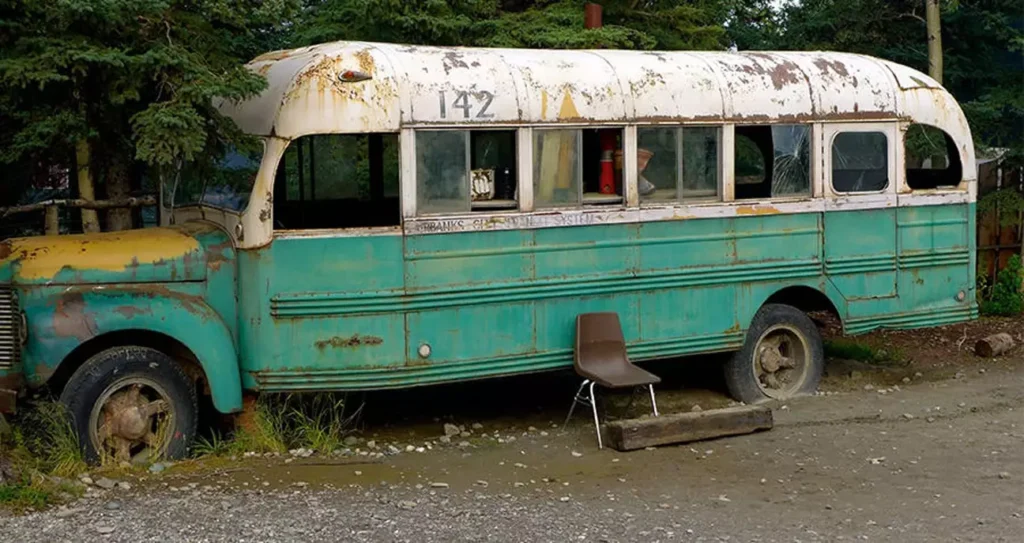
The entire method and scientific background can be found in articles written by Hamilton and Krakauer, and they certainly make for an exciting read.
The scientists who worked with the pair believed that L-canavanine was to blame for Christopher’s rapid deterioration. L-canavanine is toxic and has caused a range of symptoms in animals.
In 2014, Jon Krakauer et al wrote a paper for the Wilderness and Environmental Medicine journal.
They reported, “Our results confirmed the presence of L-canavanine (an antimetabolite with demonstrated toxicity in mammals) as a significant component of H. Alpinum seeds. In the case of Christopher, there is evidence that H. Alpinum seeds constituted a significant portion of his meagre diet during a period before his death.”
As Christopher had relied so heavily on these seeds and plant material, the team concluded that this significantly contributed to his death. This is, of course, paired with Christopher’s poor diet and exposure to the elements.
He documented in his diary how he had been eating a lot of rabbit meat, something that may also have contributed to his death, as rabbit meat is very lean.
The 10-pound bag of rice Christopher brought with him would have lasted only a short time, further contributing to his rapid decline.
Many believe that Christopher was selfish and arrogant to think he could survive the Alaskan wilderness with just a sleeping bag, 10 lbs of rice and a rifle. This story may have ended differently if Christopher had listened to Gallien and heeded his warnings.
Krakauer et al. make it clear that starvation was the cause of Christopher’s death, but the poisoning certainly accelerated an already dire situation.
Without the poison, Christopher may have been strong enough to hike away from the bus and find a group of other hikers or even another path out of the park.
The story of Christopher McCandless is an important one to would-be travellers and hikers. No matter how prepared you believe you are, nature will always find ways to test you.
Take time to prepare for your trip, pack more than you think you need and learn what plants are safe to eat and forage before you leave. Always carry a map, GPS, and radio to contact the outside world.
Sources
https://allthatsinteresting.com/chris-mccandless
https://www.newyorker.com/books/page-turner/how-chris-mccandless-died
https://christophermccandless.info/
https://www.unilad.com/news/us-news/christopher-mccandless-into-the-wild-true-story-455414-20230917



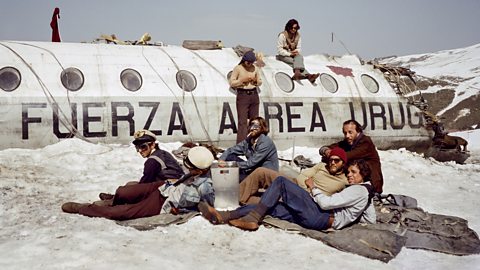


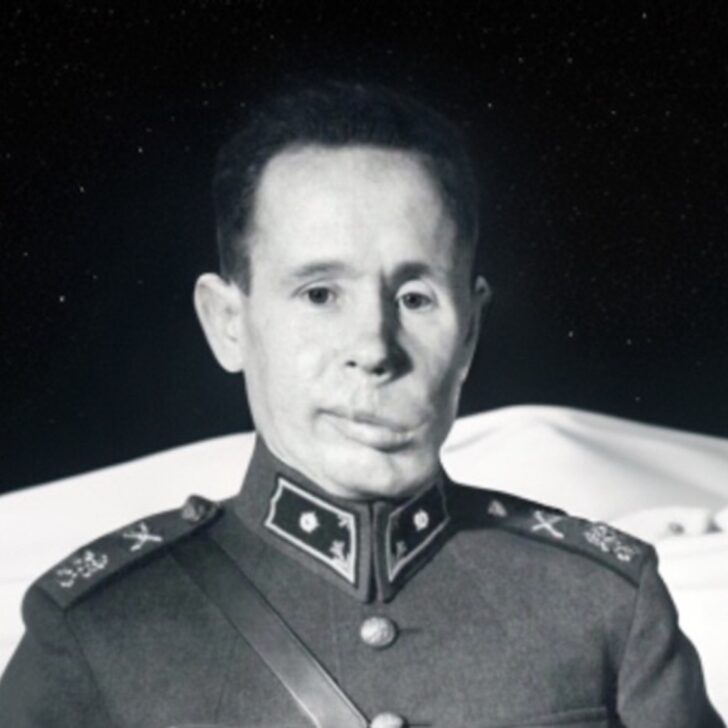





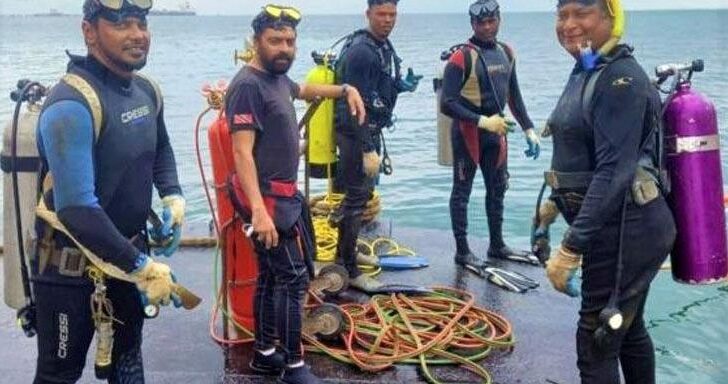
Leave a comment